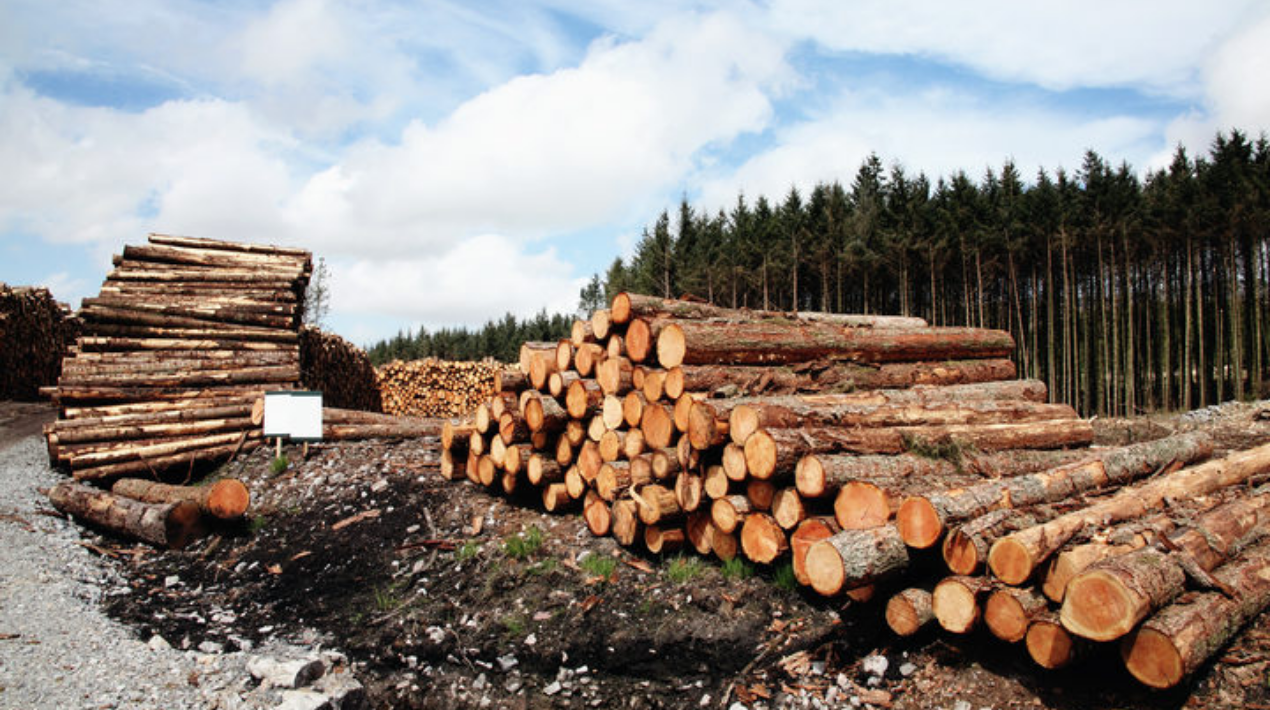
Technology is set to bring a drastic change to one of New Zealand’s prized possession – its forests. The Aotearoan government is allocating budget to bring forward digital technology to its forestry management setting off positive change that has the potential of benefitting everyone on an island nation where over 10.1 million hectares or 38% of the land is covered by forests.
The government is putting NZ$ 10.2 million into a seven-year project aimed at raising the skill level of forestry management practices. The project, to be led by government-funded Forest Growers Research Limited, will help the industry upgrade to the latest silviculture technology to better manage the composition, structure, growth and quality of the country’s forests.
Forestry Minister Stuart Nash said many of the industry’s practices are outdated. These are manual and labour-intensive and needed to be upgraded.
First and foremost, it’s about driving productivity across the forest sector. Secondly, there are some forest health and worker safety implications. If you can mechanise a lot of the work that is dangerous in the forest, then you can not only save lives, but you can increase the health and wellbeing of the workers. When people talk about the innovative side of the economy, they don’t often talk about things like forestry and farming and there is a lot of really good work going on in the space, so it’s quite exciting.
– Stuart Nash, Forestry Minister
Nash said the project would focus on developing technology such as automated and digital technology and robotics for tasks like planting, pruning and thinning. Given that nearly half of the country is covered by forests, the initiative is bound to infuse major change on the island nation.
Moreover, there is a need to up the number of seedlings that New Zealand is producing, that will go into the forests to ensure that the Aotearoans plant enough to sequester the carbon that’s required to make climate change obligations, all the way through to planting to silviculture. He explained that this could mean pruning and thinning, all the way through to harvesting.
In terms of health and safety, harvesting tends to be the most dangerous job that’s done in the forest. Thus, if those jobs can be mechanised as part of the operation then New Zealand can improve the efficiency of forestry, but also protect the health and wellbeing of workers.
The project could make it more financially viable to recover forest waste that can be used for biofuel, as an alternative to petrol, diesel and coal. This could mean that there’s a much higher percentage of slash removed from the skid site. That way, the parts of the tree that aren’t used are often left on a skid site or on the area where the tree has been harvested.
On the other hand, the new technology could improve the process and remove a lot of that. Then, there’s a lot more fuel available for biofuels and a lot of work is going on in that space as well, he added. The financial returns should be substantial. It is estimated the programme has the potential to deliver $530m of value to the plantation forestry sector over the next by 2035.
This shows how much digital adoption offers a brighter future ahead for New Zealand. It’s a solution that is giving everyone in Aoteroa a greater chance at a better future. Another example of this is how emerging technology is allowing the local government of Wellington to manage possible risks brought about by climate change as reported on OpenGov Asia.
















